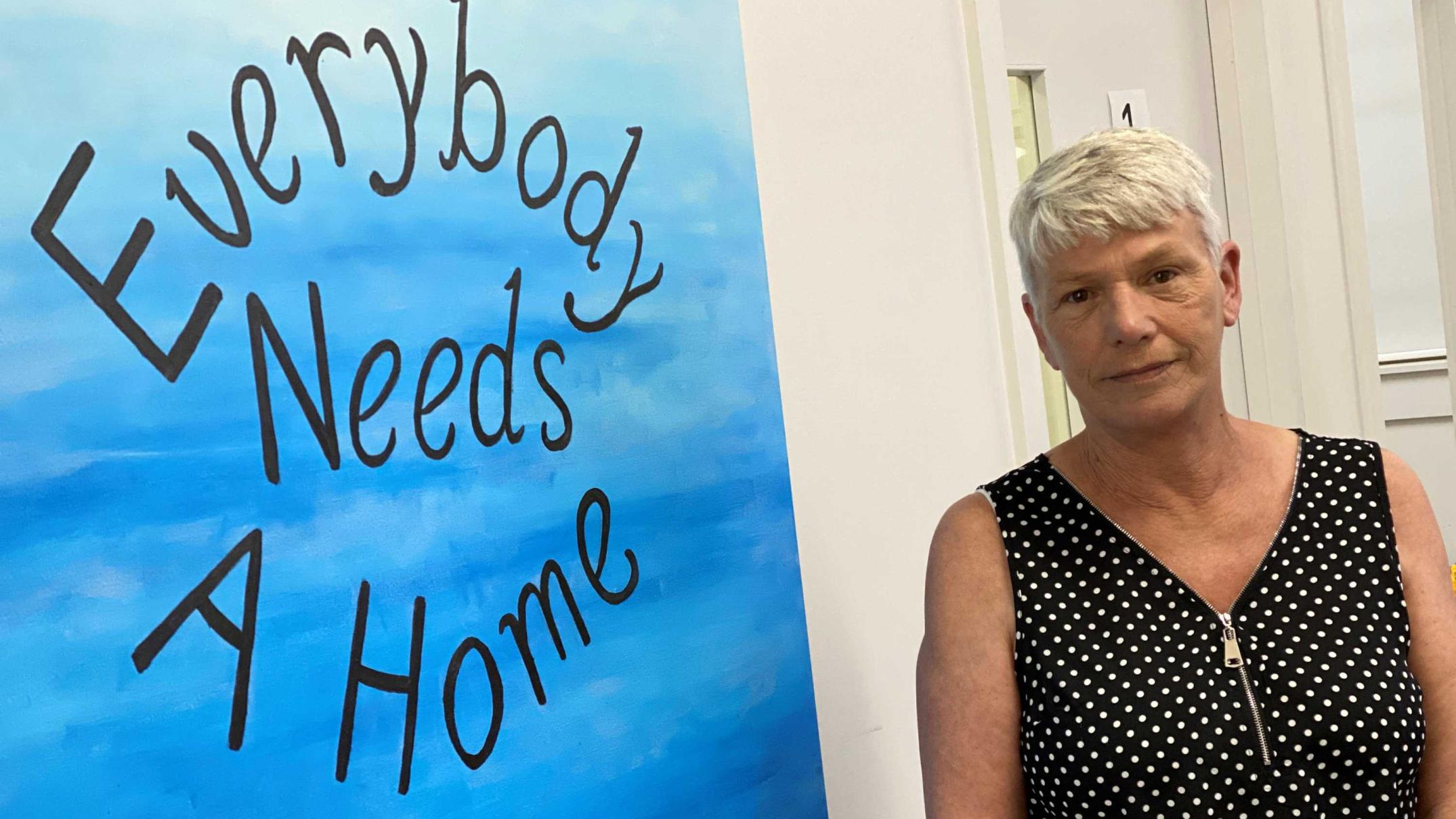South Australia’s Riverland and South-East regions are experiencing their highest levels of unemployment in four years, and it is women who are making up nearly all of the employment drop in the region.
Key points:
- Unemployment in the Riverland and South East has reaches 7.1 per cent, the highest in four years
- There are 2,400 fewer employed people in the region now compared to March 2020, 2,300 of which are women
- A local homelessness support provider said people experiencing financial stress for the first time are struggling to cope
The unemployment rate in Renmark, Murray Bridge and Mount Gambier was 7.1 per cent in January — the highest since February 2016 — according to the latest Australian Bureau of Statistics (ABS) figures.
Of approximately 300 people who lost the jobs during January, almost all were women, which continued a trend which started when the COVID-19 pandemic hit Australian shores.
The statistics show there were 42,800 women employed in the region in March 2020, in January that number had fallen to 40,500.
The male employed total dropped by a comparatively low 100 people from 47,100 to 47,000 during the same time period.
Newly unemployed struggling with sudden financial stress
The statistics were released just days after the federal government announced a $50 a fortnight raise to the base JobSeeker rate and reiterated it would be ending the coronavirus supplement at the end of March.
Manager of homelessness services at ac.care, Trish Spark, said having a large number of people who have never experienced financial stress puts them in danger of quickly falling into the cycle of poverty.
“People don’t want to ask for help because they’re not used to having to ask for help and they feel like there’s people who need it more than them,” she said.
She added unemployment rates around the country show the latest increase to the JobSeeker payment should have been greater.
“Once JobSeeker and JobKeeper is gone and the new rate is in, that’s when we expect to see a lot more people, including people who we generally don’t see,” Ms Spark said.
Important to transition to ‘historical’ unemployment support: Pasin
Member for Barker Tony Pasin’s electorate covers much of the South East region, as defined by the ABS, with the MP holding electorate offices in Mount Gambier and in the Riverland town of Berri.
He said the federal government had plans in place “for men and women” with regard to the drop in employment.
“What we’re doing is strengthening support for JobSeekers both male and female,” he said.
“Not only have we raised the rate of JobSeeker by $50 a fortnight, we’ve also indicated we’ll turn to strengthen the mutual obligation requirements.”
He added the coronavirus supplement had “disincentivised” locals from taking up employment and said ending it would help lower unemployment.
“The generosity of the JobSeeker payments are operating counter-intuitively to disincentivise people from taking up that employment, so it is important that we do transition to a more historical level of JobSeeker support,” he said.
“It’s particularly difficult when I have levels of unemployment in the electorate and yet I have industry, Citrus SA in particular, screaming at me and at Government that we need to operate the Pacific islander program to bring in foreign workers do get the work done.”




